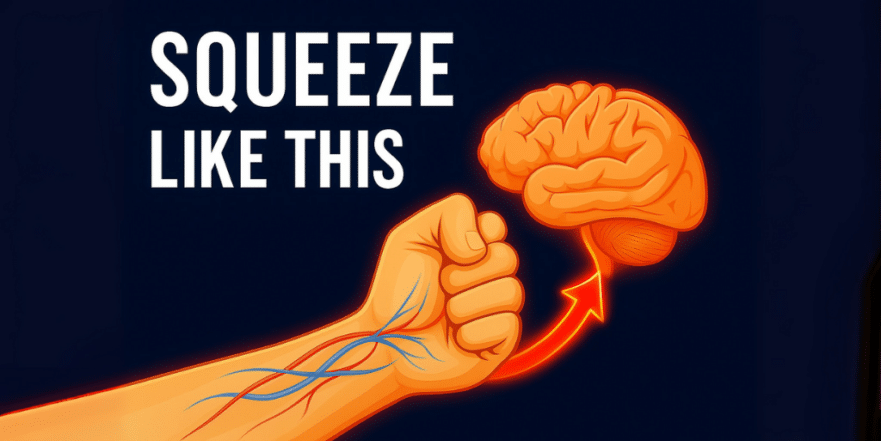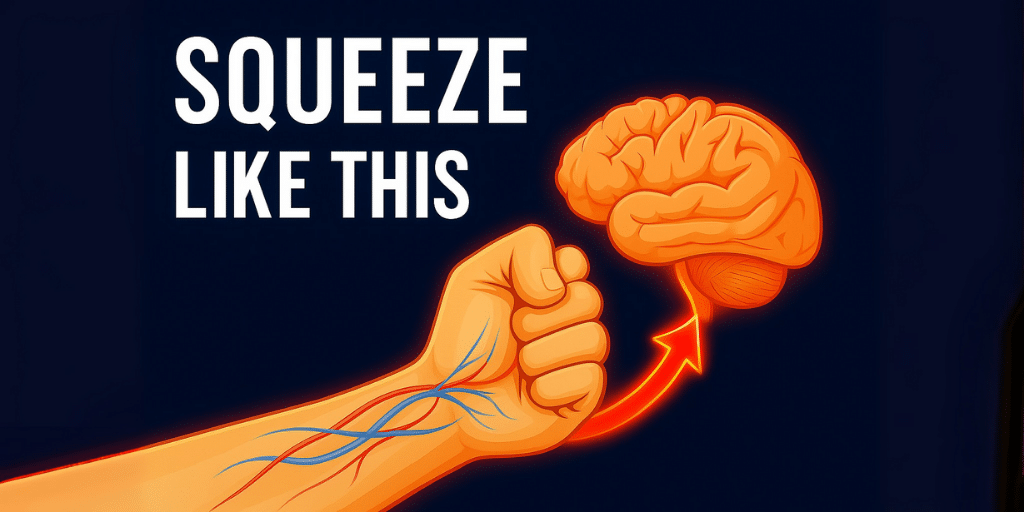
If your brain feels foggy, your hands are perpetually cold, or you find yourself sitting for hours upon hours every day, then what you’re about to read might be the most important health advice you receive all year. I’m going to show you a technique that looks almost laughably simple, but I assure you, the science behind it is incredibly profound. You have the power to reset your brain and supercharge your circulation using nothing more than your own two hands, and the best part is that it works almost instantly. This isn’t a gimmick; it’s a powerful physiological tool you’ve had with you your entire life, and it’s time you learned how to use it.
In this article, we’re going to take a deep dive into one of the most overlooked systems in your entire body: the venous pump. You’ll discover how activating this system with simple hand movements can have a cascade of positive effects, from clearing mental cobwebs to warming up your entire body. We’ll explore how this simple action flushes out metabolic waste, delivers a fresh supply of oxygen and nutrients to your brain, and can even help you manage stress and anxiety. You’ll learn how to perform the basic movement, how to intensify it for even greater benefits, and how to combine it with other simple techniques to create a powerful, holistic wellness practice you can do absolutely anywhere, anytime. Get ready to unlock a level of vitality you may not have felt in years.
Key Takeaways
- Activate Your Second Heart: Simple, rhythmic hand-squeezing activates the “venous pump” in your limbs, a critical but often ignored part of your circulatory system that helps return blood to the heart.
- Instant Brain Boost: This exercise immediately flushes stagnant, waste-filled blood from your extremities and boosts the delivery of oxygen and nutrients directly to your brain, helping to clear brain fog and improve focus in seconds.
- Combat a Sedentary Lifestyle: For those who sit for long periods, this movement counteracts the negative effects of poor circulation, such as cold hands and feet, tingling, and mental fatigue.
- Intensify for Greater Gains: You can easily increase the effectiveness of the exercise by raising your arms above your heart or by squeezing a small object like a tennis ball or a rolled-up towel.
- Build a Better Brain and Nervous System: By incorporating cross-body movements and specific breathing techniques, you can enhance brain coordination, stimulate the calming part of your nervous system, and build overall neurological resilience.
- A Tool for Stress Management: The focused, repetitive motion serves as a powerful grounding technique, helping to calm a racing mind, reduce feelings of anxiety, and anchor you in the present moment.
1. Understanding the “Venous Pump”: Your Body’s Forgotten Circulatory System
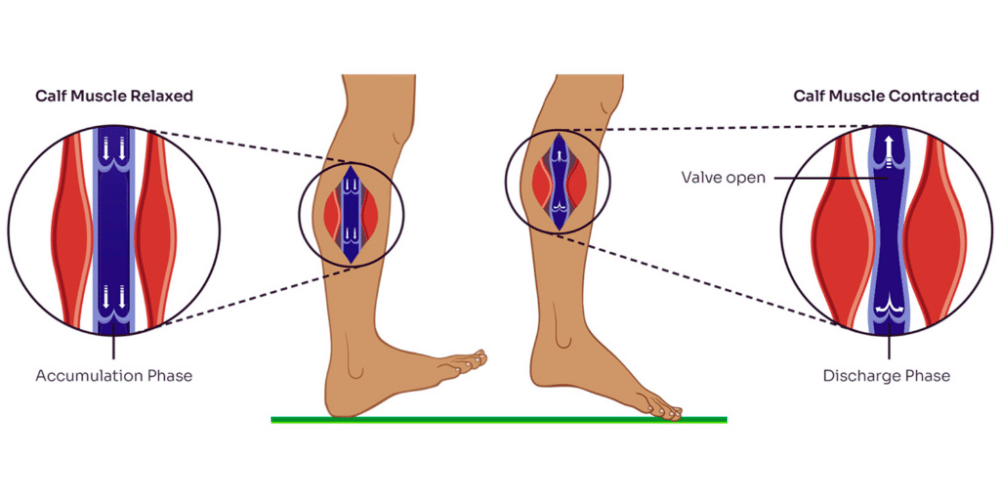
When you think about your circulatory system, your heart is probably the first and only thing that comes to mind. It’s the powerful, central engine that pumps oxygenated blood out to every cell in your body. But have you ever stopped to wonder how all that blood gets back to the heart, especially from your hands and feet, against the pull of gravity? Your body doesn’t have a dedicated “return pump.” Instead, it relies on a clever, decentralized system called the venous pump, and the primary drivers of this pump are your muscles.
Every time you contract a muscle, it squeezes the veins running through and around it. These veins are equipped with tiny, one-way valves. When the vein is squeezed, the blood is forced forward, toward the heart, and the valve then snaps shut to prevent it from flowing backward. This is the venous pump in action. In your hands, a complex network of deep intrinsic and extrinsic muscles acts like dozens of tiny, coordinated pumps. When you rhythmically clench and unclench your fists, you are manually activating this system, propelling blood that is rich in carbon dioxide and cellular waste up through your forearms, past your elbows, and back towards the heart and lungs where it can be cleansed and re-oxygenated. It’s a beautifully simple and effective mechanism that we often neglect in our modern, sedentary lives.
2. The Immediate Impact: How Squeezing Your Hands Wakes Up Your Brain
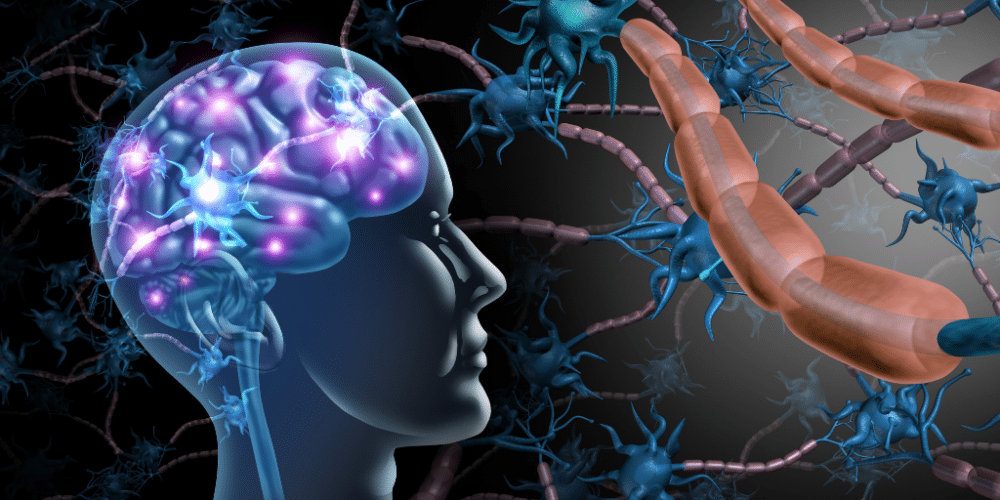
Why does this simple hand exercise produce such a noticeable effect so quickly? The answer lies in the immediate impact it has on blood flow. When you’ve been sitting still for a long time—stuck at a desk, in a car, or on a plane—your circulation becomes sluggish. Blood begins to pool in your extremities, particularly your hands and feet. This stagnant blood is low in oxygen and high in metabolic byproducts. This is why your hands might feel cold, you might experience tingling, or your brain might feel sluggish and foggy—it’s literally being starved of a fresh supply of oxygen and nutrients.
When you start squeezing your hands, you forcefully eject this stagnant blood from your hands and arms. This creates a vacuum effect, drawing fresh, oxygen-rich blood to rush in and take its place. More importantly, you’re improving the overall venous return to the heart, which in turn allows the heart to pump more freshly oxygenated blood throughout the entire body, including straight to your brain. This is why so many people report feeling clearer, more alert, and more awake within just a few seconds of doing the exercise. You are actively flushing out the old and bringing in the new, providing an instant reboot for your brain and body.
3. Supercharge Your Circulation: Two Simple Ways to Intensify the Effect
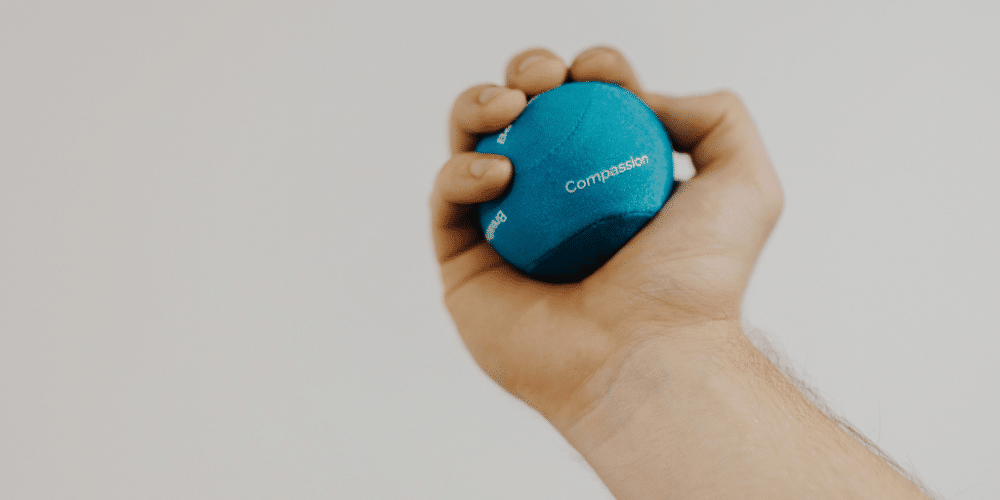
Once you’ve mastered the basic movement, you can easily upgrade the exercise to get even more profound benefits. There are two simple ways to supercharge this technique.
First, try raising your arms above the level of your heart while you continue to squeeze and release your hands. By doing this, you are now getting an assist from gravity. Gravity helps the deoxygenated blood flow “downhill” back to your heart, making the process much more efficient. Furthermore, your heart now has to pump fresh blood upward against gravity to reach your hands, which provides a gentle but effective workout for your entire cardiovascular system. This simple modification trains your upper limb vasculature and forces your system to adapt and become stronger.
Second, you can add resistance. Grab anything you have nearby—a rolled-up pair of socks, a kitchen sponge, a tennis ball, or even a tightly wadded washcloth. Start squeezing it rhythmically. The added resistance forces more of the muscle fibers in your hands and forearms to fire, dramatically boosting local circulation. This also creates a mild ischemic response, meaning you’re temporarily restricting blood flow as you squeeze. When you release, the body overcompensates by causing a powerful rush of blood back into the area. This is a phenomenon known as reactive hyperemia. It’s the reason your hands may turn pink and feel warm afterward; you are literally flooding the capillaries with a fresh, healing surge of blood.
4. Beyond Circulation: Building a More Resilient Brain
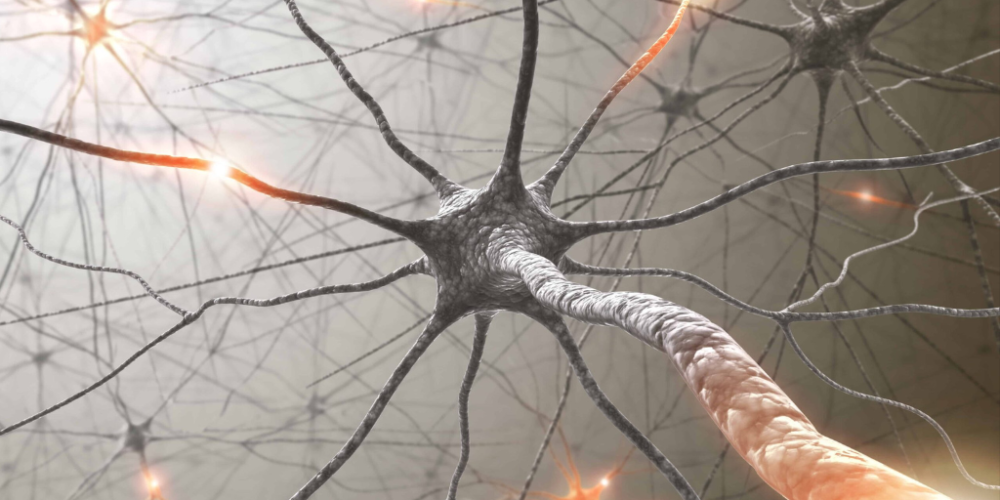
While the circulatory benefits are incredible, this exercise does more than just pump blood. You can use it to actively build a better, more resilient brain. Try this variation: as you squeeze, alternate your hands and cross your arms in front of your body. Squeeze your right hand, then your left, in a slow, deliberate rhythm, crossing the midline of your body each time.
What you’re doing here is stimulating the corpus callosum, the thick bundle of nerve fibers that acts as a communication bridge between your brain’s left and right hemispheres. Encouraging this cross-hemispheric communication is fantastic for improving coordination, enhancing cognitive function, and promoting neuroplasticity—your brain’s ability to reorganize itself and form new neural connections. With this simple addition, you’re no longer just pumping blood; you’re performing a neurological exercise that builds a more integrated and efficient brain.
5. The Triple Win: Combining Movement, Breath, and Focus

To take this practice to the highest level, you can combine the physical movement with a specific breathing technique. As you rhythmically squeeze your hands, begin to breathe slowly and deeply through your nose, focusing on letting your diaphragm (the muscle below your lungs) do the work. Your belly should expand as you inhale and gently fall as you exhale.
This combination creates a powerful “triple win” for your health. The hand movements improve circulation. The slow, diaphragmatic nasal breathing stimulates your parasympathetic nervous system—the “rest and digest” system that counteracts your body’s stress response. This immediately begins to lower levels of the stress hormone cortisol. Finally, this type of breathing is the most efficient way to fully oxygenate your blood. When you combine these three elements, you are simultaneously calming your nervous system, reducing stress, and enriching your blood with more oxygen, all while you pump that super-oxygenated blood directly to your brain. It’s a holistic technique that benefits your brain, your heart, and your immune system all at once.
6. Your Built-In Stress and Anxiety Reliever

If you deal with stress, anxiety, or even insomnia, these hand contractions can serve as a potent grounding technique. When your thoughts are racing and you feel overwhelmed, the simple, physical, and repetitive nature of the exercise helps to anchor your focus. It pulls your attention out of the chaotic swirl of your mind and into the physical sensations in your body, returning you to the present moment.
There’s a reason why elite athletes and military personnel often focus on grip strength to control their nervous system in high-pressure situations. It’s not just about physical strength; it’s about the mind-body connection. The act of squeezing and releasing gives your nervous system a simple, controllable task to focus on, which can interrupt the feedback loop of anxiety. The next time you feel stressed, take a minute to simply sit and squeeze your hands, and you’ll be amazed at how quickly it can help you regain a sense of calm and control.
7. The Neurovascular Loop: How Your Hands Talk to Your Brain

Don’t underestimate the profound neurological dialogue you are creating with this exercise. Every single time you squeeze your hand, you are engaging a vast network of sensory receptors. You’re activating touch sensors in your skin, proprioceptors in your joints that tell your brain where your hand is in space, and stretch receptors in your tendons. All of this sensory information feeds directly into the sensory and motor cortices of your brain.
You are essentially creating a closed-circuit neurovascular loop—a continuous feedback system of movement, sensation, blood flow, and neural activity. You are using your own body to send powerful healing and organizing signals directly to your brain. It’s a perfect example of how movement is not just for your muscles; it is essential information for your nervous system.
8. The Ultimate Convenience: Health in the Palm of Your Hand
The most beautiful part of this entire practice is its sheer convenience. You don’t need any fancy equipment, you don’t need a gym membership, and you don’t need to set aside a large chunk of your day. You can do it anywhere, anytime. You can do it during a long meeting at work, while you’re watching TV, while talking on the phone, or while sitting as a passenger on a long flight. Your body is the only tool you need.
So, the next time you feel that afternoon slump, that mental fog, or that creeping sense of fatigue, remember this simple tool. Remember that you have the power to reboot your circulation, energize your brain, and reset your entire system, and that power is literally in the palm of your hand.
Conclusion
It’s easy to believe that meaningful changes to our health require complex routines and expensive gadgets. But as we’ve seen, some of the most profound shifts can come from the simplest of actions. The rhythmic squeezing of your hands is far more than just a fidget; it’s a direct command to your body to improve circulation, sharpen your mind, and calm your nervous system. It is a testament to the incredible, self-healing machine you live in. So, I encourage you to incorporate this into your daily life. Squeeze with purpose. Squeeze with intention. This isn’t just movement. It’s medicine. It’s healing. Do this whenever you need a reset, and I promise you, your body and brain will thank you for it.

